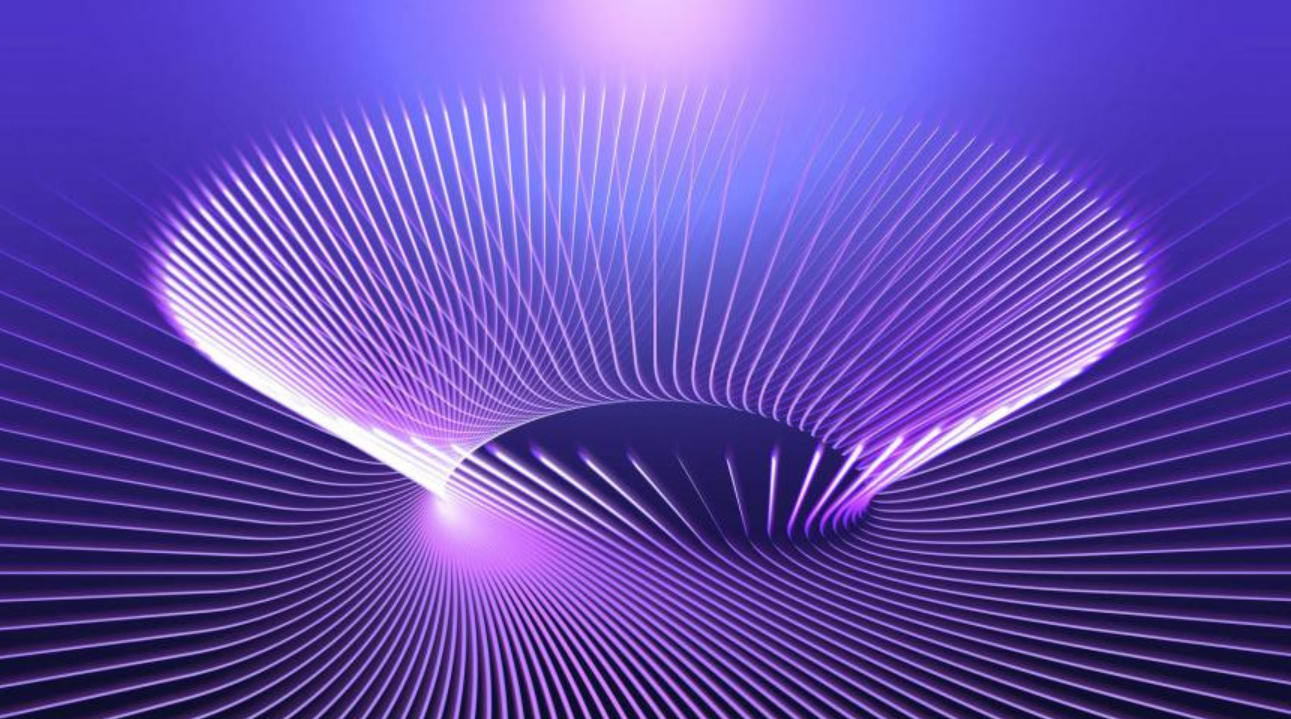Introduction
With the continuous advancement of Light Emitting Diode (LED) technology, LED lighting has become mainstream in the modern lighting industry. However, in LED lighting systems, the efficiency of LED driver power supplies directly impacts overall energy utilization and system performance. To enhance the efficiency of LED driver power supplies and reduce energy consumption, a comprehensive approach is necessary, considering aspects such as power supply topology, component selection, control strategies, and thermal management.
I. Selecting High-Efficiency Power Supply Topologies
In the design of LED driver power supplies, choosing appropriate power supply topologies is crucial. Common topologies include Buck, Boost, and Buck-Boost. The Buck topology is suitable for situations where the input voltage is higher than the output voltage, while the Boost topology is applicable when the input voltage is lower than the output voltage. The Buck-Boost topology is versatile and can handle cases where input and output voltages are close. By selecting the right topology, conversion efficiency can be maximized.
II. Optimizing Component Selection
Choosing high-performance components is essential for improving the efficiency of LED driver power supplies. For instance, selecting inductors with low resistance reduces current fluctuations and enhances energy transfer efficiency. Using power MOSFETs with low on-state voltage drop minimizes switching losses. Additionally, choosing capacitors with low Equivalent Series Resistance (ESR) improves filtering effectiveness, reducing ripple currents and enhancing system stability.
III. Rational Circuit Topology and Control Strategy Design
The design of circuit topology and control strategies directly influences system efficiency and stability. In circuit topology design, selecting an appropriate switching frequency avoids resonance phenomena, reducing switching losses. In control strategy, advanced digital control techniques enable precise current and voltage regulation, preventing issues like overcurrent and overvoltage, thereby enhancing system reliability and stability.
IV. Utilizing High-Efficiency LED Driver Chips
Choosing LED driver chips integrated with high-efficiency control algorithms and protection functions simplifies external circuits, reducing system power consumption. Moreover, these chips often come with multiple protection features such as overcurrent protection, over-temperature protection, and short-circuit protection, enhancing system stability and safety.
V. Reducing Standby Power Consumption
LED lighting systems often experience low loads during operation. To minimize standby power consumption, employing suitable control strategies to reduce output power at low loads is crucial. Additionally, adopting adaptive switching frequency techniques automatically adjusts the switching frequency under different load conditions, enhancing system efficiency.
VI. Implementing Power Factor Correction (PFC) Technology
Power factor is a vital indicator for evaluating power supply system efficiency. Implementing Power Factor Correction (PFC) technology improves the power factor, reduces harmonic interference, and enhances system efficiency. Common PFC techniques include active and passive methods, allowing selection based on specific applications.
VII. Thermal Management and Heat Dissipation Design
LED driver power supplies generate heat during operation, and excessive temperatures can impact system performance and lifespan. Therefore, proper thermal management and heat dissipation design are essential. Heat sinks, fans, and other cooling devices can be employed to ensure LED driver power supplies operate within appropriate temperature ranges, enhancing system stability and efficiency.
VIII. Optical Design
Optical design is a crucial factor affecting energy utilization in LED lighting systems. Proper optical design increases LED light utilization and reduces light energy losses. For example, in indoor lighting systems, lenses and reflectors can be utilized to concentrate and evenly distribute light, improving illumination efficiency and minimizing energy wastage.
IX. Dynamic Dimming Control
Traditional LED lighting systems often use constant brightness control, leading to unnecessary energy wastage. Implementing intelligent dynamic dimming control strategies allows real-time adjustment of LED brightness based on ambient light conditions. For instance, reducing LED brightness when natural light is sufficient and increasing brightness in low light conditions maximizes energy savings while maintaining illumination effectiveness.
Conclusion
Enhancing the efficiency of LED driver power supplies requires a comprehensive approach, considering power supply topology, component selection, control strategies, thermal management, and optical design. Through thoughtful design and selection, LED lighting systems’ energy utilization can be improved, leading to reduced energy consumption. Looking forward, further research into novel materials and devices will explore even more efficient and stable LED driver power supply technologies, providing substantial support for the sustainable development of the lighting industry.
